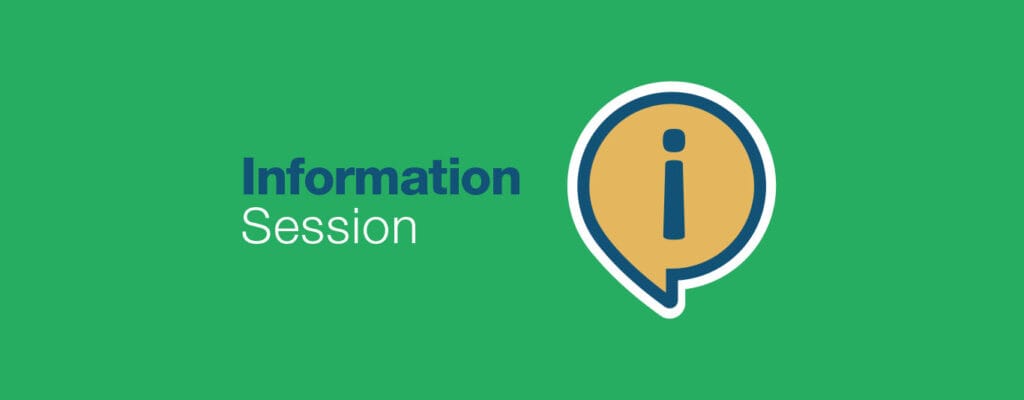


- Identify Problem
- Set Agenda
- Formulate Policy
- Adopt Policy
- Implement Policy
- Evaluate Policy
- Repeat. Repeat. Repeat.
Please, don’t yawn. No matter what societal issues the government decides to respond to, the policy making process remains the same; but there is seismic energy around the discussion of education that engages citizens at all levels. The Nation’s Report Card (National Assessment of Educational Progress) is a conduit for this discussion and reports assessment information on student performance beginning in 4th grade for various subjects.
Yes! Assessments are not the be- all end- all to student achievement, but they are a large piece of the puzzle that we need to find a place for as we work to complete our picture. According to The Nation’s Report Card, only 8% of 4th grade students nationally performed at advanced in reading in 2013 and only 35% of 4th grade students are performing at or above proficient. These numbers do not change much for 8th grade students in reading, where only 4% of students are reaching an advanced level of performance and just 36% of students are reaching proficiency.
Everything! In early October 2014, U.S. Education Secretary Arne Duncan appointed five new educational leaders to the National Assessment Governing Board to serve four-year terms, as the board works to maintain NAEP’s position of high standard assessment. The National Assessment Governing Board is the body that oversees NAEP policy and is involved in initiatives that include a shift to computer-based NAEP assessments, community outreach for parents, educators, and policy makers, and a nationwide assessment literacy initiative. The governing board currently has a back-to-school NAEP “data backpack” resource for parents, teachers, and others to use. This backpack provides tools on exploring achievement, understanding learning contexts, NAEP proficiency standards, college preparedness, and technology in assessment which contribute to decision making and improving student achievement.

Incomplete. In an ever changing educational landscape, we must continue to make improvements within the literacy environment using all available tools and be the change we want to see at all levels. Increasing the number of students who are powerful readers will be an ongoing collaborative effort amongst teachers, school leaders, community, and families.
CLI continues to facilitate these efforts through training for teachers to sustain quality teaching and increase student achievement. The policy process may be repetitive, but there is no shortage of innovation in education, as we work together to build on student literacy skills.
| Share this article on: |


Join CLI’s Breakfast Briefing to explore the future of literacy! Connect with education leaders, hear impact stories, and discover ways to get involved. Stay[..]

Empower Oregon’s educators with proven literacy strategies! Join our free virtual info session to explore research-based tools and connect with experts. Register now!

Celebrate Women's History Month with powerful stories that inspire, educate, and uplift. 📚 Download our curated guide and stay connected for more inclusive literacy[..]